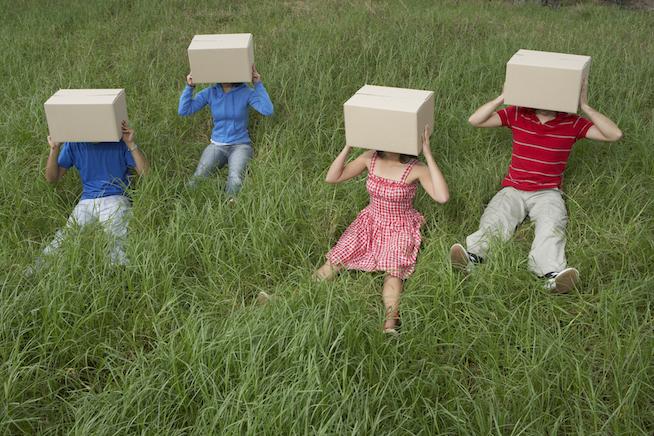
No trigger warnings in here.
Whether liberal use of racial slurs or rampant misogyny or blatant homophobia, literature’s history is full of the same glut of ignorance, violence, and moral weakness as human history itself.
Students at the University of Missouri and Yale have recently grabbed media attention for their protests against administrators and professors who fail to create a safe space for them on campus. In the latter, an email questioning the prudence of restricting Halloween costumes stirred uproar, causing this video of a student publicly berating her professor to go viral.
In the case of the University of Missouri, student protesters said the administration’s response to racially-motivated incidents on campus was woefully inadequate. After student Jonathan Butler’s hunger strike and a threatened game boycott by several Mizzou football players, the demand for President Tim Wolfe’s resignation was met, and more resignations followed.
So what exactly is a safe space? Here’s Wikipedia’s definition, from Advocates for Youth:
"A place where anyone can relax and be fully self-expressed, without fear of being made to feel uncomfortable, unwelcome or unsafe on account of biological sex, race/ethnicity, sexual orientation, gender identity or expression, cultural background, age or physical or mental ability; a place where rules guard each person's self-respect and dignity and strongly encourage everyone to agree with others."
This sounds lovely, but also…completely divorced from human reality. If only on that last point that “the rules guard each person’s self-respect and dignity and strongly encourage everyone to agree with others” part.
In the name of making lecture halls and round tables safe spaces, a number of universities have adopted trigger warnings. If material in required reading or viewing may cause a student emotional turmoil, pain, or even discomfort, many professors are required to attach a warning label, so as to alert students ahead of time.
As a former English major, I can attest that there were countless texts on my required reading list that only a select few and truly misanthropic souls would not find offensive. Whether liberal use of racial slurs or rampant misogyny or blatant homophobia, literature’s history is full of the same glut of ignorance, violence, and moral weakness as human history itself.
Why wouldn’t it be? Books are written by humans.
That’s the point. It is revealing (dare I say, educational) to look in on other time periods and cultures and see where they got it wrong, how they got it wrong, and why they got it wrong. This is not only to prevent such blindness going forward, but also to lend us a small serving of humility, a trait from which most 20-year-olds stand to benefit (I speak in remembrance of the young, hubris-filled me). If seemingly well-intentioned people of the past could be so morally bankrupt, I should probably keep a close eye on myself.
If you pay attention, literature will show you that anyone who refuses to regularly, honestly inspect her internal motivations and outward actions is at risk of becoming an ugly, selfish, bigoted human being. That’s kind of the best, most overlooked reason to keep Humanities departments funded, and keep all that offensive literature on the reading list.
To the larger question at hand, it seems the height of irony that the same student groups who promote equality and understanding between themselves and others would seek to pretend that bias and bigotry don’t exist in the first place. To take one example of a trigger-warned book: How can anyone have an honest conversation about The Adventures of Huckleberry Finn if they haven’t read it? Should we pretend the Antebellum south wasn’t racist? How then to explain the Civil War?
I raise these questions because the idea of safe spaces is a wonderful one. It is the idea of a place without judgment, a place of acceptance, a place to feel truly free to be oneself. I love that idea.
I just wonder if its existence is possible, and what would be sacrificed in the process of creating it.




